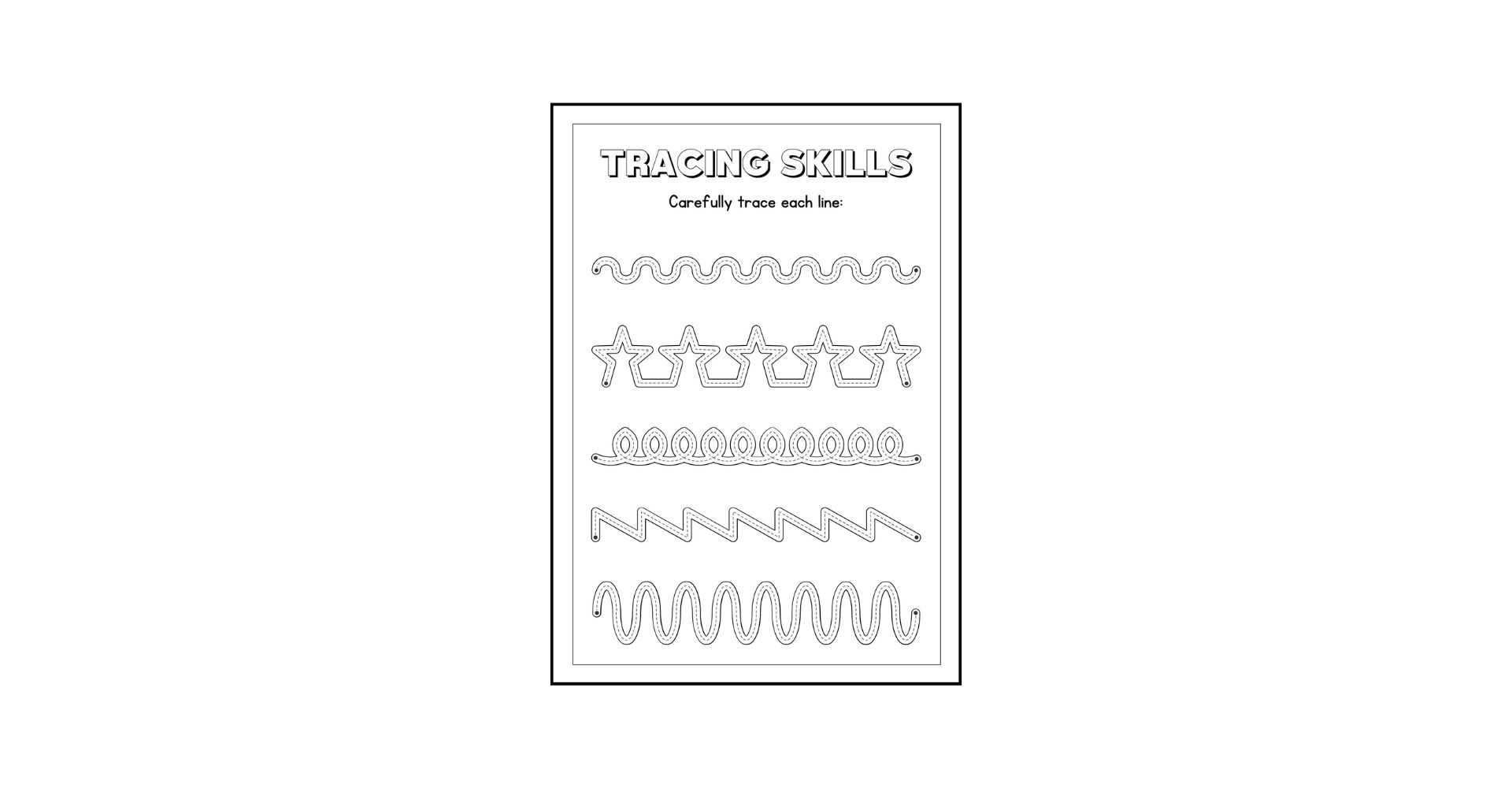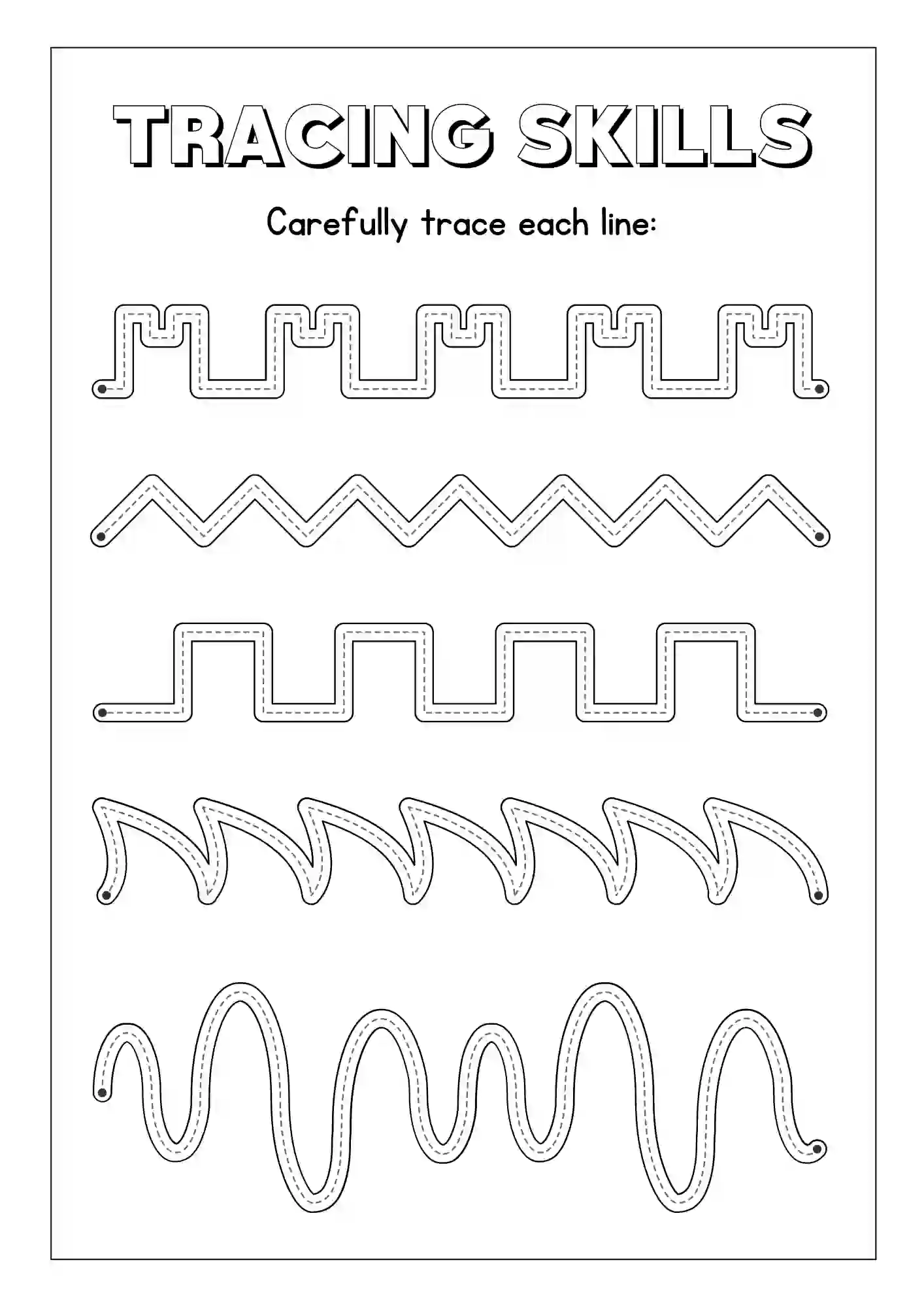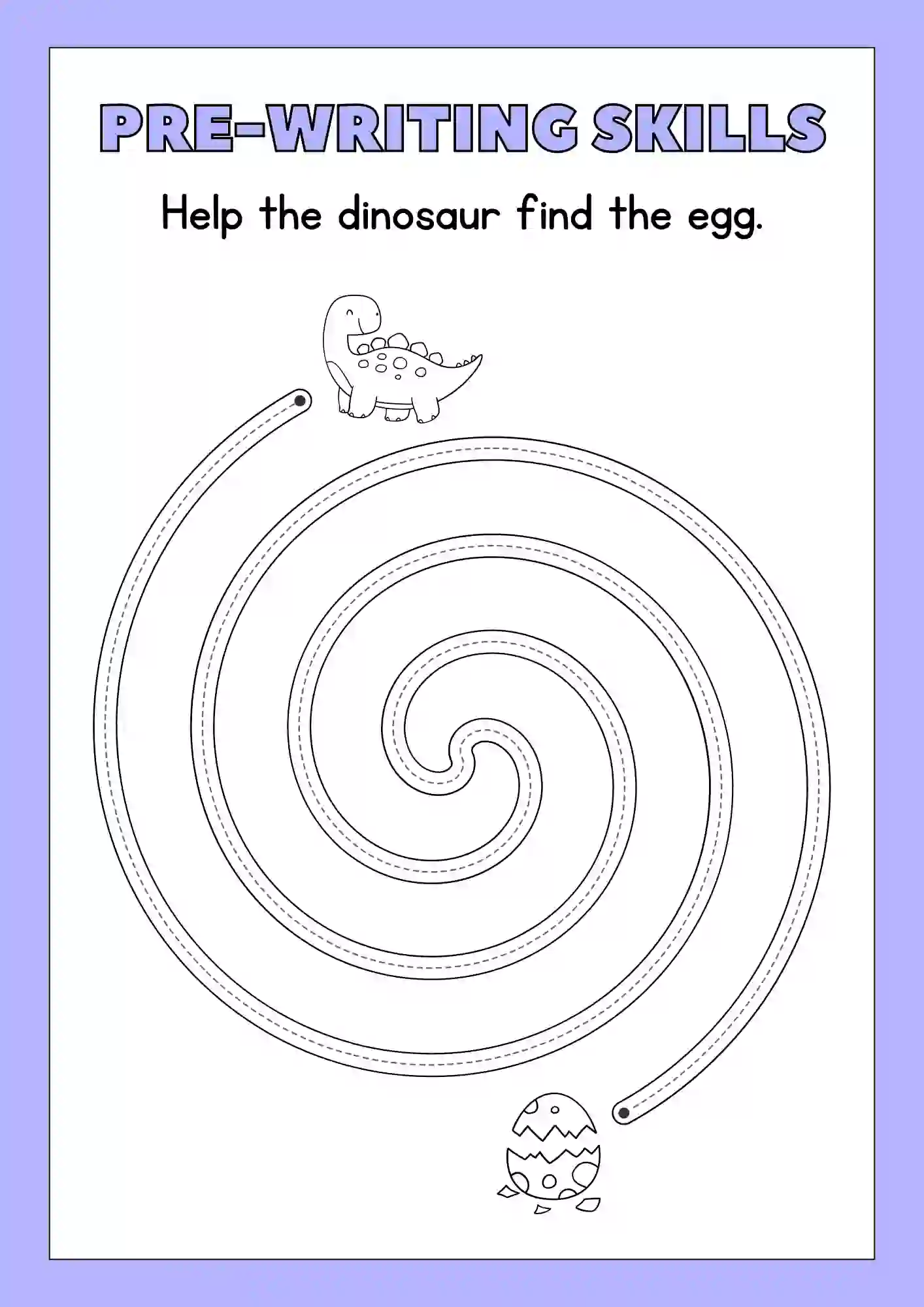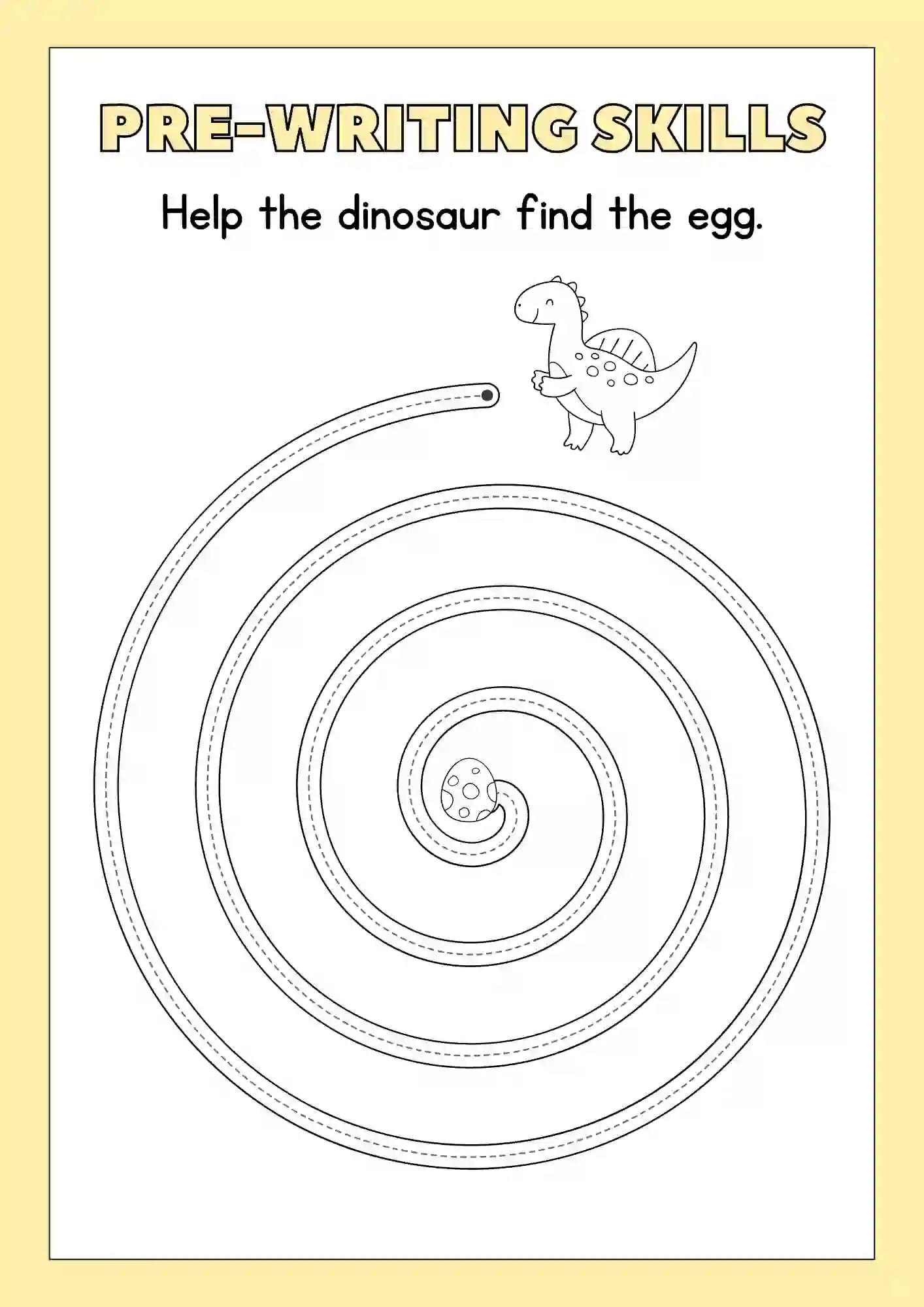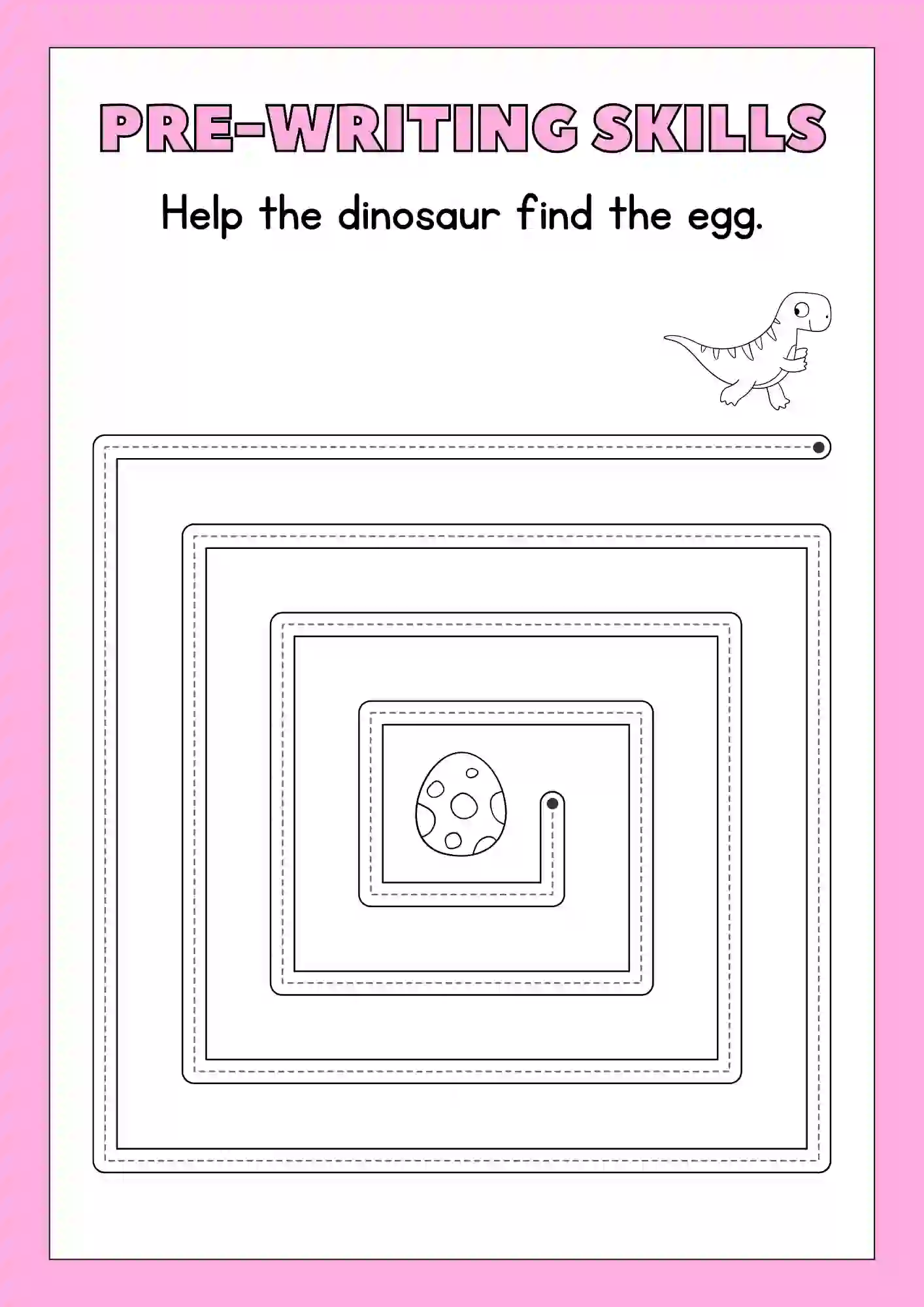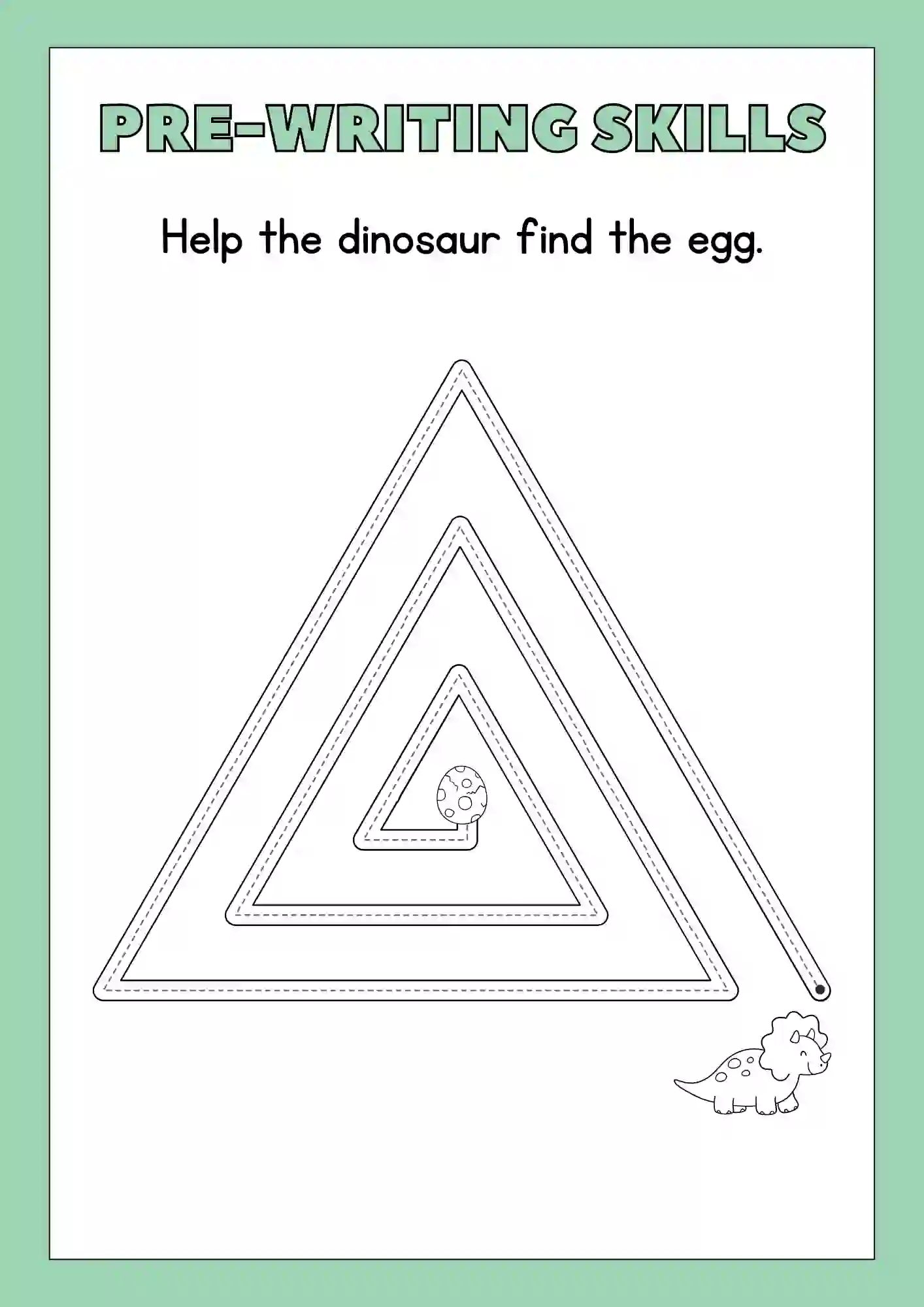Download our Tracing Practice Worksheets! These worksheets are made for kids who are just starting to learn how to write. These Pre-writing sheets will help kids get better at making the lines and shapes they need for writing. With our worksheets, kids will practice making all sorts of lines and shapes, from simple curves to more complicated patterns. We’ve put a lot of thought into each activity to make sure it helps kids learn and grow. They’ll improve how they think, understand space, and coordinate their hands and eyes.
Tracing Practice Worksheets Details:
| Feature | Details |
|---|---|
| Format | Downloadable PDF |
| Number of Pages | 7 |
| Content | Tracing Practice Worksheets/Pre-writing worksheets |
| Illustrations | Yes, playful and age-appropriate |
| Suitable For | Nursery, Lkg & Ukg |
| Printable? | Yes |
Learning Objectives: The Tracing Practice Worksheets are meticulously crafted to achieve the following learning objectives:
- Getting Ready to Write: These Tracing Practice Worksheets are all about getting kids ready to write. They introduce them to the basic shapes and strokes they’ll need to master handwriting later on.
- Small Movements, Big Improvement: By tracing lines and shapes, kids are also improving their small hand movements and how well their eyes and hands work together. It’s like a workout for their fingers!
- Understanding Spaces: Tracing isn’t just about following lines. It’s also helping kids understand how things fit together in space and which way to go when they’re writing.
- Making the Brain Work: Tracing might seem simple, but it’s actually giving kids’ brains a workout. They’re solving little puzzles and training their eyes to see things clearly, which is super important for learning.
Who is this for?: These worksheets are suitable for the children in LKG, UKG, nursery, preschool, and kindergarten, providing adaptable activities suitable for learning.
Materials Needed:
- Printed Copies of Worksheets: Access the downloadable PDF versions of our Tracing Practice Worksheets.
- Writing Instruments: Provide pencils, crayons, or markers suitable for tracing activities.
- Optional: Supplementary materials such as rulers, erasers, and coloring implements to enhance the tracing experience further.
How to Use:
- Introduction to Tracing: Introduce the concept of tracing to learners, Show them how to use their hands carefully and pay close attention to what they’re doing.
- Demonstration: Show them exactly how it’s done. Do some tracing yourself, demonstrating smooth movements and keeping the pressure steady on the pencil or crayon.
- Practice: Help them out with some practice. Give them hints and tips as they try tracing different lines and shapes. If they make mistakes, gently point them in the right direction.
- Exploration: Once they enjoy it, let them have a go on their own. Challenge them with trickier shapes or patterns to trace, like mazes or intricate designs.
- Reflection: Finish off by talking about what they’ve learned. Ask them how they think they did, and talk about any tricky parts they encountered.
Tips:
- Try using lines of different thicknesses on the worksheets. This way, kids with all kinds of motor skills can join in without feeling left out.
- Add some visual cues or arrows to show which way to go when tracing. It’s like having little signs to guide them along the right path.
- Get creative with it! Think about using textured paper or even sound effects to make tracing more engaging for different senses.
- Start easy and work your way up. Begin with simple lines and shapes, then gradually introduce more challenging patterns and mazes. It’s all about keeping things interesting while they learn.
Additional Activities:
- Try making your own tracing art! You can use traced shapes and lines to make cool pictures that are all your own.
- Take your tracing outside! Explore nature and trace things like leaves, rocks, and tree bark. It’s a fun way to connect with the world around you.
- Play tracing games with your friends! You could try games like “Follow the Leader” where one person traces a shape and everyone else copies it, or “Tracing Relay” where you pass a tracing back and forth, adding onto it each time. It’s a great way to have fun and learn together!
Download the PDF File Here:
Click To Download the Tracing Practice Worksheets PDF
- Check Alphabet Tracing Worksheets.
- Check Number Tracing Worksheets.
- Check Shapes Tracing Worksheets.
How to Print:
- Get the PDF: Start by clicking the link to download the PDF files of the worksheets.
- Set up Printing: Make sure your printer is all setup. You can adjust the settings like paper size, whether it’s portrait or landscape, and how clear you want the print to be.
- Check Before You Print: Take a print preview. To make sure everything looks just right before you hit print.
- Print: Once you’re happy with how it looks, go ahead and hit that print button.
Tips for Parents and Educators:
- How It’s Done: When you’re guiding kids through tracing, show them how it’s done by tracing the lines yourself. Let them watch and then try to copy what you did.
- Give Praise: Whenever they trace a line nicely, make sure to give them a big thumbs up or a high-five. Positive words and encouragement go a long way in keeping them motivated.
- Take It Slow: Tracing takes time to get the hang of, so be patient. It’s okay if they don’t get it perfect the first time. Keep cheering them on and remind them that practice makes perfect.
- Let Them Get Artsy: Tracing doesn’t have to be boring! Encourage kids to get creative with their traced designs. Let them use different colors or add fun patterns to make it their own masterpiece.
Common Mistakes and Solutions:
- Overlapping Lines: Sometimes kids find it hard to keep the lines they trace from bumping into each other, making a mess of their work. You can give them tools like dotted lines or special papers with guidelines to help them keep things neat.
- Erasures and Smudging: It’s no fun when you’re trying to fix a mistake and your eraser rips a hole in your paper or smudges everything around it. Teach kids to use their erasers gently, and give them pencils that are easy to erase so they can fix their mistakes without damaging the worksheets.
- Lack of Focus: Some kids have trouble staying focused when they’re tracing lines, which can make their work sloppy or incomplete. To keep them engaged, you can break up the tracing with short breaks to move around or do something different, or set them challenges to see how fast they can finish.
These tracing worksheets will definitely help kids become really good at writing.
Love from LkgWorksheets!
